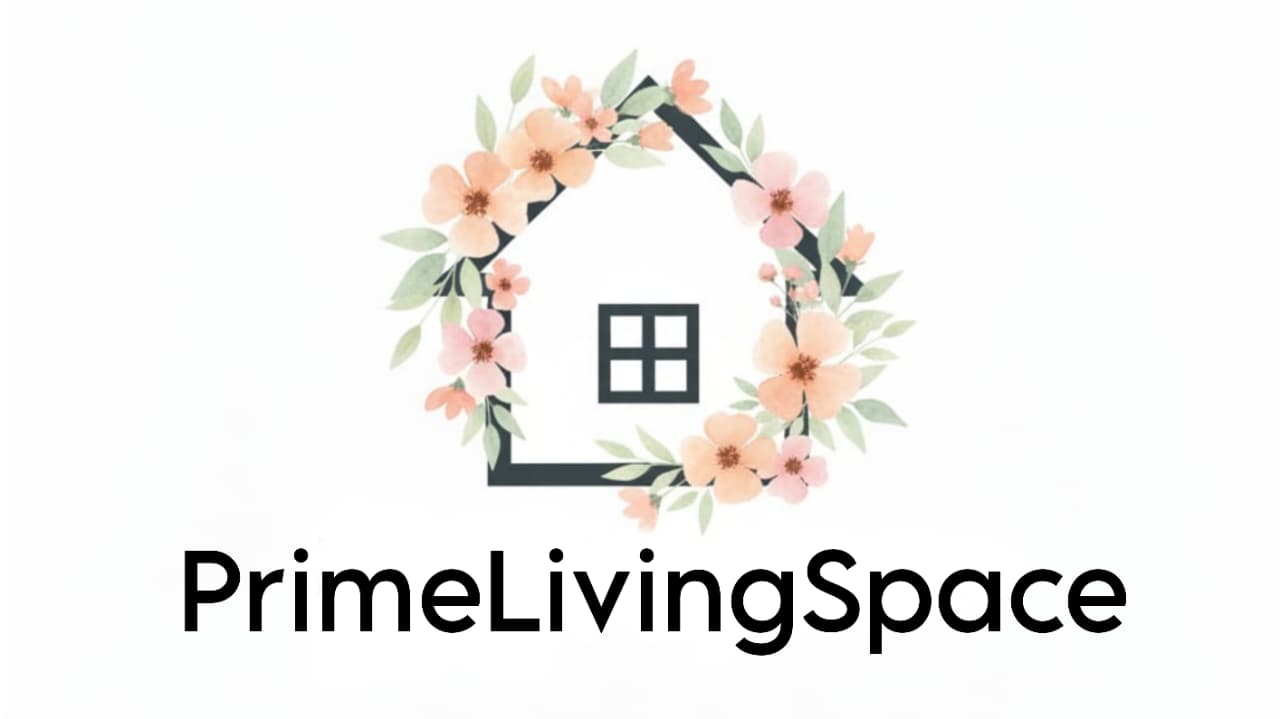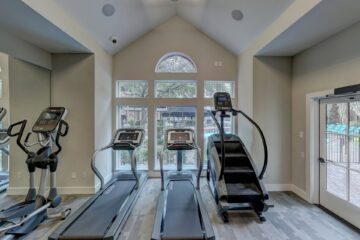Caring for aging parents or loved ones at home can feel overwhelming. You want them safe, comfortable, and independent — but you also want peace of mind as a family caregiver. That’s where HomeAide Home Care comes in. It blends the personal touch of non-medical home care with the professionalism of trained caregivers, helping seniors thrive in the comfort of their own homes.
In this guide, we’ll dive deep into what HomeAide Home Care really means, how it compares to medical services, what to expect from caregivers, and how to balance quality with affordability.

What Is HomeAide Home Care?
At its core, HomeAide Home Care is about in-home care services that support seniors with daily living needs, without the clinical atmosphere of a hospital or nursing home. Think of it as personal care + companionship + independence.
A caregiver might help your mom with bathing and grooming assistance, prepare lunch, remind her to take her medications, and then sit down for a game of cards. It’s that mix of daily living assistance and companionship care that makes non-medical home care so valuable.
Read: Fine Motor Skills for Kids: Easy Activities to Boost Coordination
Non-Medical Home Care vs. Home Health Aide Services
A common question families ask is: What’s the difference between non-medical home care and home health aide services?
- Non-medical home care focuses on everyday support: meal preparation, mobility support, light housekeeping, personal care services, and companionship.
- Home health aide services include light medical tasks: taking vital signs, helping with medical equipment, or assisting under a nurse’s supervision.
Think of it this way: If Dad needs someone to help him shower, cook, and stay socially engaged, non-medical care is perfect. If he just came home from surgery and needs wound care or physical therapy, that’s where medical home health comes in.
Personalized Care Plans: Why One Size Doesn’t Fit All
Every senior is different. Some only need a friendly companion for a few hours a day. Others may need full-time support with activities of daily living (ADLs) like dressing, bathing, and mobility.
Good agencies don’t just hand you a brochure of services. They create personalized care plans after assessing:
- Mobility challenges
- Medication schedules
- Nutrition preferences
- Safety risks at home
- Emotional and social needs
Example: Mrs. Thompson, 82, wanted to stay in her home but struggled with arthritis. Her HomeAide caregiver set up a daily routine: morning medication reminders, afternoon walks for mobility support, and evening meal prep. Her daughter said, “It felt like Mom had a new rhythm — and I could finally breathe.”
Quality of Life: More Than Just Physical Care
Here’s a gap many families overlook: emotional wellness.
Sure, help with ADLs keeps seniors safe. But what about their spirit? Loneliness is just as dangerous as illness. That’s why companionship care — simple conversations, playing music, even cooking together — is central to HomeAide Home Care.
- Companionship = emotional health
- Mobility support = independence
- Light housekeeping = safety + dignity
- Routine social connection = sharper memory and better mood
Quick tip: If you’re interviewing providers, don’t just ask “Can they help with bathing?” Ask, “How will they engage Mom in activities she actually enjoys?”
Caregiver Support: Families Need Help Too
Here’s where many articles stop short. Families often carry the emotional and physical burden of caregiving alone. Respite care for families is just as important as daily senior support.
- Professional caregivers can step in for a few hours or days so family caregivers can rest.
- Training and licensed home care providers give confidence that seniors are safe even when family isn’t there.
- Agencies sometimes offer caregiver support groups to help with stress and burnout.
Personal insight: I’ve spoken with countless family caregivers who admitted they waited “too long” to ask for help. They thought asking for respite was selfish — but once they tried it, they realized it gave them energy to be more present when it mattered most.
You may also like to read: Home Gym Meteorology Shop Secrets: Why Fitnara Could Change Your Fitness Routine
Affordability: Home Care Options Without Breaking the Bank
Let’s be real: home care can get expensive. But affordable home care options do exist.
Ways families make it work:
- Blended schedules: A caregiver comes in for core tasks (like bathing and meal prep), while family covers evenings.
- Medicaid waivers and insurance: Some states cover non-medical care under long-term care programs.
- Sliding scale or community programs: Churches, nonprofits, or local aging agencies sometimes offer subsidized support.
Example: The Smith family saved nearly $700 a month by reducing daily hours from 10 to 6 and using a weekend family caregiver rotation. Flexibility is key.
Licensed Home Care Providers: Why It Matters
Not all caregivers or agencies are created equal. Choosing licensed home care providers ensures:
- Background checks and training
- Standards for patient safety
- Oversight by a trusted agency
If you’re hiring privately, you may save money — but you also take on liability. With licensed providers, you get the peace of mind of professional caregivers backed by policies and insurance.
Specialized Care: Dementia and Hospice at Home
Some seniors need more than companionship.
- Dementia home care: Structured routines, memory prompts, and safe home environments reduce confusion and risk.
- Hospice support at home: When the focus shifts to comfort and dignity, caregivers trained in end-of-life care provide relief for both seniors and families.
Imagine Dad with dementia who forgets to eat. A caregiver not only preps meals but gently sits with him, encourages bites, and keeps conversation light so eating doesn’t feel like a chore. That’s the difference between just “service” and real care.
Building the At-Home Care Ecosystem
The best home care is a system, not a patchwork. It blends:
- Meal preparation + light housekeeping for safety
- Mobility support + bathing assistance for dignity
- Companionship for joy
- Respite care for family balance
When families, caregivers, and agencies work together, seniors don’t just survive at home — they thrive with independence and quality of life.
Conclusion: Why HomeAide Home Care Matters
Aging doesn’t have to mean losing independence. With HomeAide Home Care, seniors can stay safe, engaged, and respected right where they feel most comfortable — at home.
Whether you’re exploring in-home care services for your parents, comparing licensed home care providers, or just looking for affordable options, remember: you don’t have to do it alone. Professional caregivers are more than helpers — they’re partners in preserving dignity, safety, and joy.
| Top ABA Therapy Techniques Every Parent Should Know
Next step: Reach out to a local home care agency, request a care assessment, and ask how they personalize support for your family’s unique needs.
FAQ
What are the requirements to be a home care aide in California?
In California, to be a Home Care Aide (HCA) you must be at least 18, register with the Home Care Aide Registry (including a $35 fee, Live Scan background check, and TB clearance), and complete 5 hours of initial training before working with clients plus 5 hours of annual training each year. You also need proof of TB testing every two years and must stay listed on the state’s HCA Registry to remain eligible.
How to care for a patient at home?
Caring for a patient at home means supporting both their medical needs and daily comfort. This often includes helping with meals, medication reminders, mobility, personal hygiene, and creating a safe environment. Just as important is offering emotional support and companionship, keeping routines consistent, and knowing when to involve healthcare professionals for specialized care.




[…] quality of life. Families navigating these challenges may also benefit from exploring resources on in-home care and support, which highlight how personalized care can make daily routines smoother and less […]